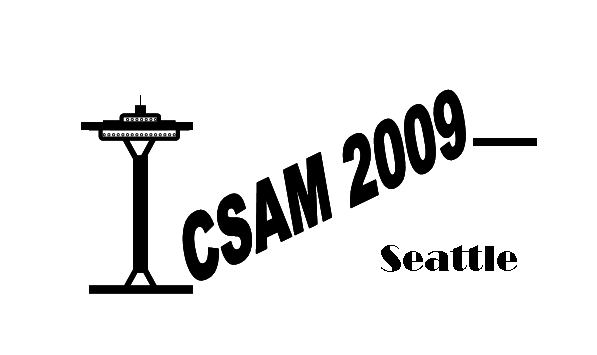When Superplastic Forming (SPF) was offered as a production process it became the panacea of all processes for products designed to be made from Titanium and Aluminium materials. The claims were (1) Reduced part count (2) Reduced assembly time (3) Weight reduction (4) Monolithic parts and (5) Stronger structures. Following Pearson’s work in the mid 30’s with Lead-Tin and Bismuth-Tin alloys, showing higher than 1000% elongation without failure, the Aluminium industry developed SPF alloys and launched into numerous commercial applications. Other research facilities focused on the potential of achieving superplasticity in Titanium alloys. This was demonstrated in the late 60’s using the now well established Ti 6 Aluminium 4 Vanadium alloy. Considerable funding was allocated, both in the USA & UK specifically for the development of the process. The USA focused on the Military Programmes and the UK on the Civil Aircraft (Concorde) and some Military Aircraft. Success in these programmes and the claims made, resulted with a production process. Companies invested in suitable plant and equipment and designers grasped the process potential and applied SPF to their sheet metal designs expecting to reap the claimed benefits. The claims are valid if applied to correctly chosen components. All too often the SPF manufacturing choice did not deliver its claims. In many cases cost of material, need to chemical mill and higher energy costs were either not envisaged or taken into account. Today all processes, material cost and alternative material types have to be assessed before the manufacturing method is chosen. The aerospace industry is attacking the Buy-Fly ratio, and energy and labour cost are at a premium and these have caused the SPF and Hot Forming community to examine ways of producing products (a) from less material (b) by Hot Forming (eliminating the need to apply chemical milling to remove the Alpha Case) (c) questioning the material choice (CP instead of Ti6/4) and (d) by applying modern fabrication methods. This paper will illustrate this change in philosophy; shows today’s choices and demonstrates how the SPF process can be cost effective and in fact does have a major role to play in producing Airframe and Engine Structures.
<< back
ICSAM 2009
June 29 - July 2, 2009
Bell Harbor International Conference Center
Seattle Washington
International Conference on Superplasticity in Advanced Materials 2009
10th International Conference on Superplasticity in Advanced Materials
©2008 University of Washington. All rights reserved.
©2008 University of Washington. All rights reserved.